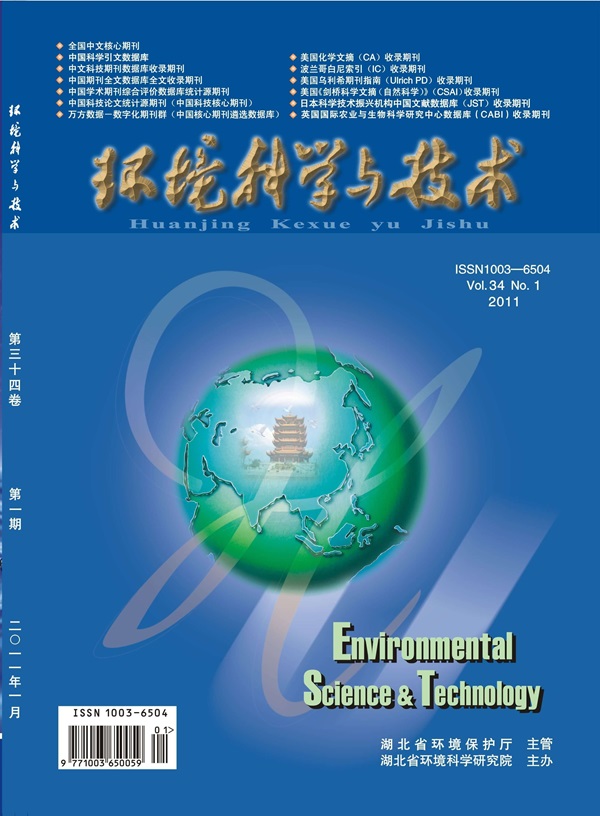Evaluation of Nontargeted Mass Spectral Data Acquisition Strategies for Water Analysis and Toxicity-Based Feature Prioritization by MS2Tox
IF 10.8
1区 环境科学与生态学
Q1 ENGINEERING, ENVIRONMENTAL
引用次数: 0
Abstract
The machine-learning tool MS2Tox can prioritize hazardous nontargeted molecular features in environmental waters, by predicting acute fish lethality of unknown molecules based on their MS2 spectra, prior to structural annotation. It has yet to be investigated how the extent of molecular coverage, MS2 spectra quality, and toxicity prediction confidence depend on sample complexity and MS2 data acquisition strategies. We compared two common nontargeted MS2 acquisition strategies with liquid chromatography high-resolution mass spectrometry for structural annotation accuracy by SIRIUS+CSI:FingerID and MS2Tox toxicity prediction of 191 reference chemicals spiked to LC-MS water, groundwater, surface water, and wastewater. Data-dependent acquisition (DDA) resulted in higher rates (19–62%) of correct structural annotations among reference chemicals in all matrices except wastewaters, compared to data-independent acquisition (DIA, 19–50%). However, DIA resulted in higher MS2 detection rates (59–84% DIA, 37–82% DDA), leading to higher true positive rates for spectral library matching, 40–73% compared to 34–72%. DDA resulted in higher MS2Tox toxicity prediction accuracy than DIA, with root-mean-square errors of 0.62 and 0.71 log-mM, respectively. Given the importance of MS2 spectral quality, we introduce a “CombinedConfidence” score to convey relative confidence in MS2Tox predictions and apply this approach to prioritize potentially ecotoxic nontargeted features in environmental waters.

评估 MS2Tox 用于水分析和基于毒性的特征优先排序的非目标质谱数据采集策略
机器学习工具 MS2Tox 可以在进行结构注释之前,根据未知分子的 MS2 光谱预测其对鱼类的急性致死率,从而优先考虑环境水域中有害的非目标分子特征。分子覆盖范围、MS2 图谱质量和毒性预测置信度如何取决于样品复杂性和 MS2 数据采集策略,这一点还有待研究。我们通过 SIRIUS+CSI:FingerID 和 MS2Tox 对 191 种添加到液相色谱-质谱水、地下水、地表水和废水中的参考化学品进行毒性预测,比较了两种常见的非靶向 MS2 采集策略与液相色谱高分辨质谱的结构注释准确性。与数据独立获取(DIA,19-50%)相比,在除废水以外的所有基质中,数据独立获取(DDA)可提高参考化学品结构注释的正确率(19-62%)。然而,DIA 带来了更高的 MS2 检测率(59-84% DIA,37-82% DDA),导致光谱库匹配的真阳性率更高,为 40-73%,而 DDA 为 34-72%。与 DIA 相比,DDA 的 MS2Tox 毒性预测准确率更高,均方根误差分别为 0.62 和 0.71 log-mM。鉴于 MS2 光谱质量的重要性,我们引入了一个 "CombinedConfidence "分数来表达 MS2Tox 预测的相对置信度,并将这种方法应用于环境水域中潜在生态毒性非目标特征的优先排序。
本文章由计算机程序翻译,如有差异,请以英文原文为准。
求助全文
约1分钟内获得全文
求助全文
来源期刊

环境科学与技术
环境科学-工程:环境
CiteScore
17.50
自引率
9.60%
发文量
12359
审稿时长
2.8 months
期刊介绍:
Environmental Science & Technology (ES&T) is a co-sponsored academic and technical magazine by the Hubei Provincial Environmental Protection Bureau and the Hubei Provincial Academy of Environmental Sciences.
Environmental Science & Technology (ES&T) holds the status of Chinese core journals, scientific papers source journals of China, Chinese Science Citation Database source journals, and Chinese Academic Journal Comprehensive Evaluation Database source journals. This publication focuses on the academic field of environmental protection, featuring articles related to environmental protection and technical advancements.
 求助内容:
求助内容: 应助结果提醒方式:
应助结果提醒方式:


